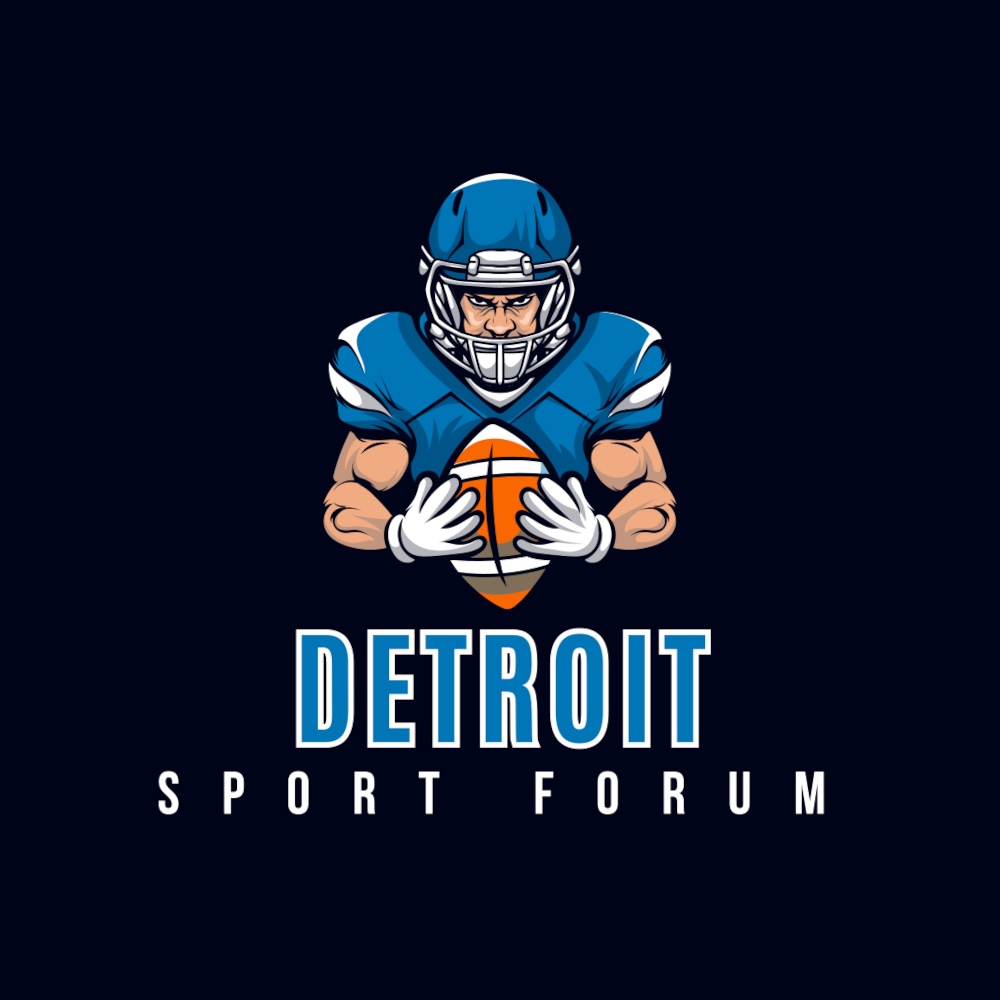http://www.detroitnews.com/article/...-new-Tiger-Jose-Iglesias-defensive-brilliance
ESPN recognizes new Tiger Jose Iglesias for defensive brilliance.
from the detnews
http://insider.espn.go.com/mlb/story/_/id/9550746/best-tools-baseball-mlb
Of course an espn insider.
If someone has this, will you please copy and paste here......Thanks!!
When talking about prospects, we often hear scouts discuss their "tools": throwing arm, hitting for power, running speed. These are the different elements of a player front offices use to evaluate players, particularly as they prepare for the draft and come up through the minors.
But what about big leaguers? Which pitcher has the best curveball? Who's the best pure hitter? To determine this, we asked Manny Acta, Jim Bowden and Keith Law -- all of whom have worked for MLB clubs in player-evaluation capacities -- to tell us which MLB player possesses the best of each of the traditional tools.
We've also consulted with our partners at Baseball Info Solutions, who have built a business on measuring aspects of baseball previously thought immeasurable, to tell us if their stats agree with our evaluators. Most of the time the numbers and the eyes are on the same page, but there are some disagreements.
Offensive tools
Best hit tool: Miguel Cabrera
Simply put, he's the best at putting the fat part of the bat to the ball and knows, that once he does, his strength will take care of the rest. -- Manny Acta
Honorable mentions: Joey Votto, Mike Trout
What the stats say: If we use batting average, the traditional measure of pure hitting, Cabrera is the easy choice. He's hit .343 over the past three seasons, while no other batting title qualifier has topped .315 (Trout) in that span. If we use line-drive rate the choice is Votto, as his 28.4 percent line-drive rate is the best in the majors since the start of 2011.
Best power hitter: Giancarlo Stanton
All you need to know is this: He led the NL in slugging last year at age 22 and is the 10th-fastest to reach 100 homers in MLB history. -- Keith Law
Honorable mentions: Cabrera, Bryce Harper
What the stats say: It's not exactly an "advanced" metric, but isolated power does a pretty good job of telling the tale. In 2013, Chris Davis leads the majors with a .371 ISO, but over the past three seasons, Stanton is tied with Jose Bautista for MLB's best ISO at .279
Fastest runner: Mike Trout
It's not only how fast he gets from point A to point B, but he always hits the inside corner of the bag and makes smooth turns. -- Manny Acta
Honorable mentions: Peter Bourjos, Ben Revere
What the stats say: This season, BIS started recording how long it takes for runners to complete various types of baserunning situations. Their best estimate of pure speed is running from home to first base on potential double-play situations. Trout, Ichiro Suzuki and Norichika Aoki are the fastest at an average of 4.0 seconds, while Brett Gardner and Revere are at 4.1 seconds. One thing to keep in mind: Unlike the other players listed, Trout is a right-handed hitter, which means he needs an extra step to get to first.
Defensive tools
Best defensive infielder: Andrelton Simmons
He might be the best shortstop since Ozzie Smith. He is so fast and quick with proper jumps and angles that he gets to balls on both sides that no other shortstop in baseball gets to right now. -- Jim Bowden
Honorable mentions: Jose Iglesias, Brendan Ryan
What the stats say: The best measure of range is the Baseball Info Solutions' plus/minus metric, which measures how many plays a player makes relative to the average. Although Simmons didn't debut until 2012, his plus-57 is more than any player has had over the past three seasons. His plus-30 is the best in the majors this season, with Manny Machado right behind him at plus-25.
Best infield arm: Andrelton Simmons
Simmons sat at 97-98 mph as a junior college pitcher and might have converted to the mound had he not hit .311 in his first full pro season. -- Keith Law
Honorable mentions: Machado, Troy Tulowitzki
What the stats say: We're using BIS' infield relay assists above average, which works like this: If an average shortstop has 10 infield relay assists over a given time period and Player X has 15, then Player X has 5 infield relay assists above average.
We have a mild disagreement with our experts here, as Brendan Ryan leads the majors this season (5.5), while Simmons cracks the top five (1.7). Alcides Escobar (11.6) is the leader over the past three seasons.
Best defensive outfielder: Carlos Gomez
He seems to get to everything with soft hands, catching everything with ease. Oh, and he can jump, too. -- Manny Acta
Honorable mentions: Gerardo Parra, Bourjos
What the stats say: The eyes and the stats are in complete agreement here as Gomez leads all center fielders with a plus/minus of 17 this season. Parra is also at plus-17, but splits his time among all three outfield spots. Bourjos has been hurt this year, but was among the top 10 for center fielders across 2011 and 2012.
Best outfield arm: Yasiel Puig
Puig has an absolute cannon that is strong and accurate. Once he learns how to consistently hit the cutoff man, he will be one of baseball's best. -- Jim Bowden
Honorable mentions: Aaron Hicks, Harper
What the stats say: Puig has been in the majors for only a couple of months, so he hasn't had much of a chance to accumulate stats. Over the past three seasons, Alex Gordon leads the majors with 25 runs saved with his arm. Jeff Francoeur is next with 18.
Pitching tools
Best fastball: Aroldis Chapman
His delivery is all arms and legs, and then boom ? triple-digit velocity from the left side. -- Manny Acta
Honorable mentions: Matt Harvey, Stephen Strasburg
What the stats say: Chapman's average fastball velocity is 98 mph, second only to Kelvin Herrera (98.1 mph). But if you think a great fastball is more than just velocity, consider this: Harvey has a swinging strike rate of 10.4 percent on his fastball, which is most among pitchers with at least 100 innings pitched in 2013.
Best curveball: Clayton Kershaw
Kershaw's curve is one of the majors' toughest pitches for hitters to square up, made more difficult because he commands it so well. -- Keith Law
Honorable mentions: Adam Wainwright, Justin Verlander
What the stats say: Kershaw has a swinging strike rate of 15.5 percent on his curve this season, which trails only Cliff Lee (16.2) and A.J. Burnett (19.8)
Best slider: Yu Darvish
His swing-and-miss slider is not only powerful but has biting late life. It's simply filthy. -- Jim Bowden
Honorable mentions: Felix Hernandez, Harvey
What the stats say: In 2013, the player with the best swinging strike rate on his slider is D-backs rookie Patrick Corbin (27.5 percent). Over the past three seasons, the honor belongs to Mat Latos (23.0 percent).
Best changeup: Cole Hamels
His "Bugs Bunny" change is the best in baseball because his arm speed and release point are identical to his fastball. -- Jim Bowden
Honorable mentions: Hernandez, Fernando Rodney
What the stats say: Even in a "down" season, Hamels is still second in the majors with a 26.9 percent swinging strike rate on his change. Since Opening Day 2011, he leads MLB with a mark of 28.8, ahead of Anibal Sanchez (21.0 percent) and Hernandez (20.8).
Best command: Cliff Lee
It isn't just the control -- although with fewer than 200 walks since the end of the 2007 season, that's pretty special too -- but his ability to locate seemingly at will that allows him to thrive without overpowering stuff. -- Keith Law
Honorable mentions: Jered Weaver, David Price
What the stats say: To measure command, Baseball Info Solutions uses a formula that looks at the average distance a pitcher's fastball is from the catcher's mitt on setup (lower numbers are better), and we have some stats vs. scouts disagreement at the top. Over the past three seasons, Jeremy Hellickson comes in at No. 1, with Price right behind him.

